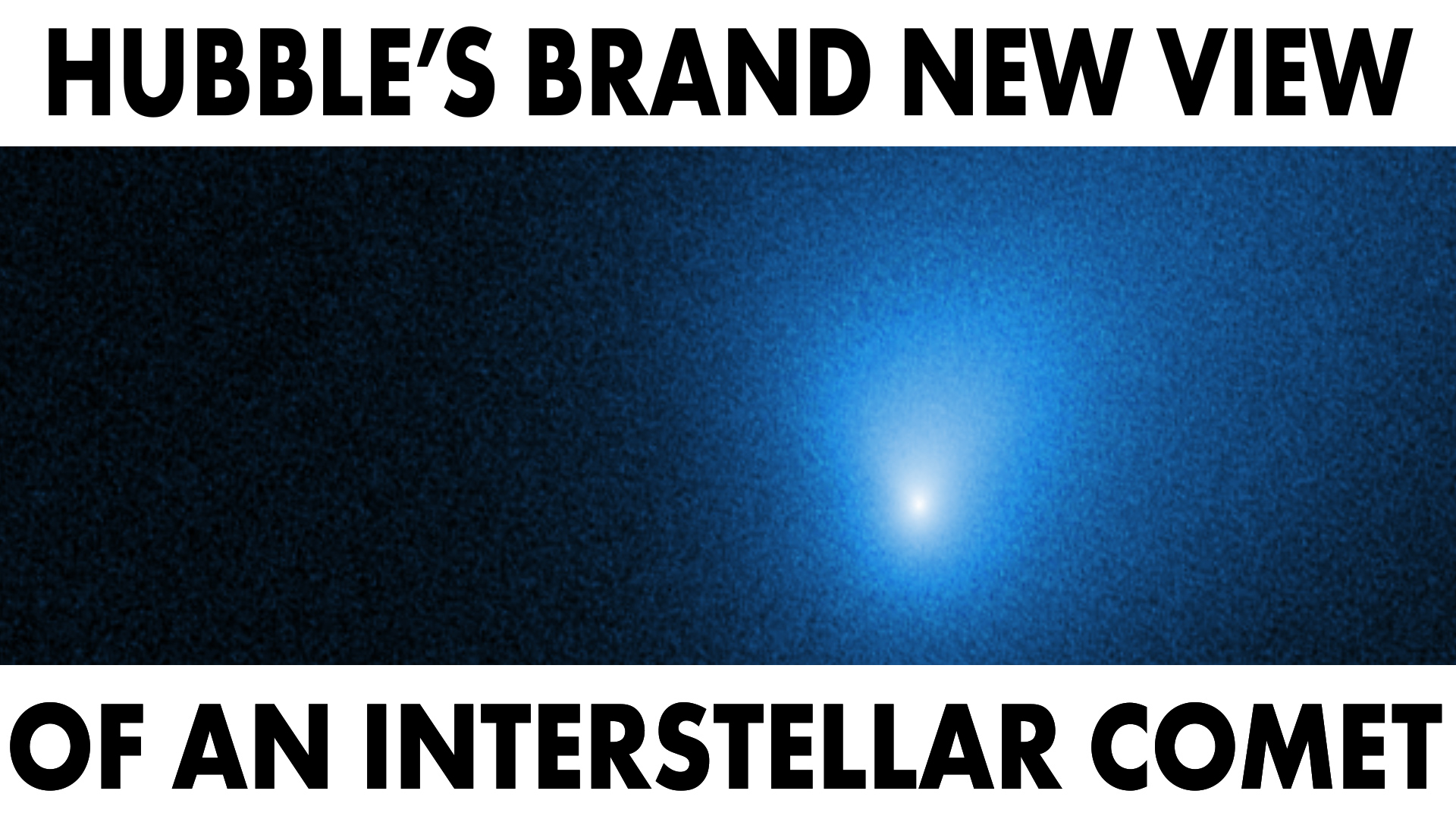The Path of Comet 2I/Borisov
Follow 2I/Borisov from September 2018 to April 2020 as it flies through our solar system.
2I/Borisov is an interstellar comet, meaning that it came from outside our solar system. It is the first such comet ever observed, and only the second interstellar object of any kind, after the asteroid-like 'Oumuamua. The comet was discovered by amateur astronomer Gennadiy Borisov on August 30, 2019, using a 25.6-inch (0.65-meter) telescope that he designed and built specifically to hunt for small, faint objects.
The path of the comet enters our solar system from the north and crosses the ecliptic, the plane of the Earth's orbit around the Sun, on October 26, 2019. The best chance to see it is during December when it makes its closest approach to the Sun (December 8) and the Earth (December 28). The comet will then be passing through the constellations Crater and Hydra. At mid-northern latitudes, these are fairly low and to the south about two hours before sunrise. The comet will be much too dim to see without a telescope, and it'll be a challenge even in fairly large amateur instruments. Its maximum brightness is currently predicted to be only magnitude 15, about as faint as Pluto.
Follow 2I/Borisov across the sky as seen from Earth, October 2019 to April 2020.
Follow 2I/Borisov from September 2018 to April 2020 as it flies through our solar system. This version omits the date and distance annotations.
Follow 2I/Borisov across the sky as seen from Earth, October 2019 to April 2020. This version omits the date and position annotations.

2I/Borisov as it appears for viewers at mid-northern latitudes in December 2019, around the time of the comet's closest approach. The view is toward the south about an hour and a half before sunrise. This is when the comet is highest in the sky, at the start of astronomical twilight, the very first predawn sunlight.
For More Information
Credits
Please give credit for this item to:
NASA's Scientific Visualization Studio
-
Visualizer
-
Ernie Wright
(USRA)
-
Ernie Wright
(USRA)
-
Programmers
-
Greg Shirah
(NASA/GSFC)
-
Ernie Wright
(USRA)
-
Greg Shirah
(NASA/GSFC)
Datasets used
-
JPL/Horizon Orbital Ephemerides
ID: 597Planetary ephemerides
This dataset can be found at: http://ssd.jpl.nasa.gov/?horizons
See all pages that use this dataset -
DE421 (JPL DE421)
ID: 752Planetary ephemerides
This dataset can be found at: http://ssd.jpl.nasa.gov/?ephemerides#planets
See all pages that use this dataset
Note: While we identify the data sets used on this page, we do not store any further details, nor the data sets themselves on our site.
Release date
This page was originally published on Wednesday, October 16, 2019.
This page was last updated on Monday, January 6, 2025 at 12:15 AM EST.


